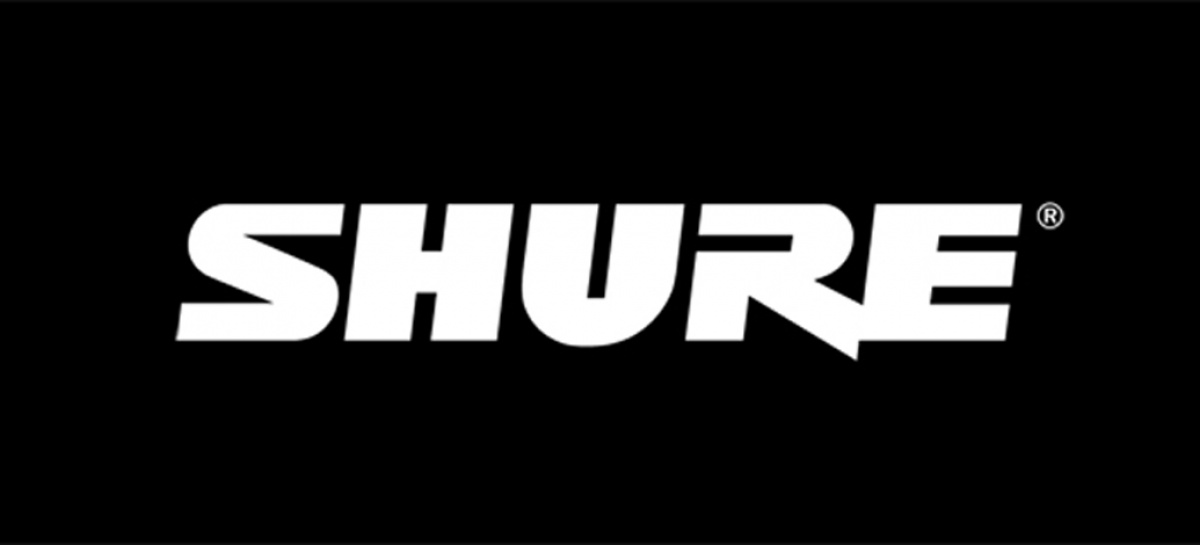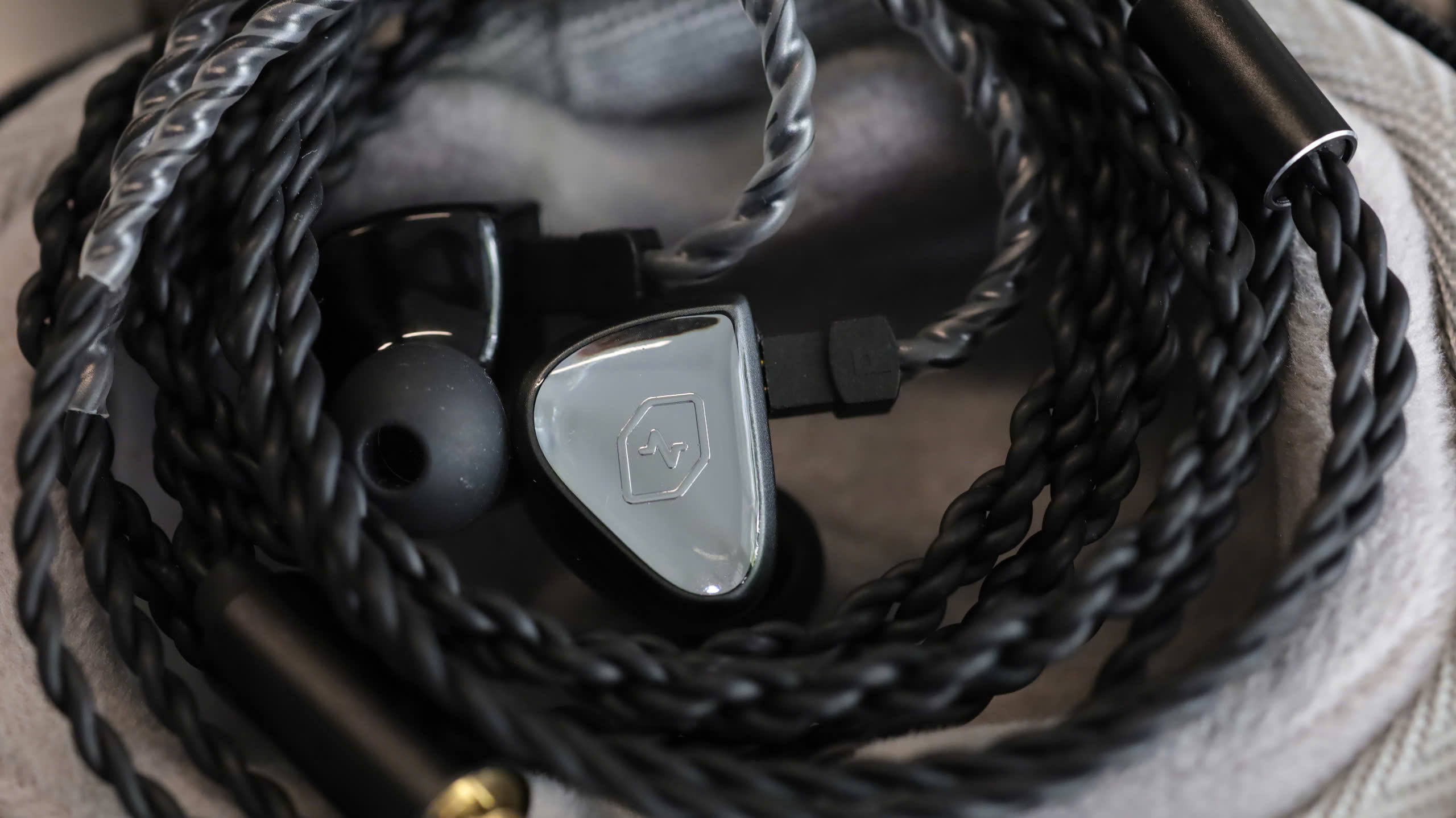Đang cập nhật
Đang cập nhật
Thank you Alex Twister https://twister6.com/2019/08/10/cayin-t01-dac-amp-module-for-n6ii/
Intro.
Exactly a year ago when Cayin was celebrating its 25th anniversary, they announced a release of N5iiS DAP. This year, 26th anniversary was celebrated with an announcement of T01 audio motherboard for the latest N6ii DAP. This module was highly anticipated because N6ii design has a unique feature of a fully replaceable DAC/amp combo. Cayin even mentioned there will be an option to buy N6ii with either A01 or T01, though I’m not sure if the latter one will be priced the same. Either way, it’s a good idea to have this as an option without being forced to upgrade.
Also, it came as a surprise when PCM1792A was mentioned – the DAC used in the original N6 design, though we all know it’s not about the component but its implementation. Furthermore, pricing of T01 became a hot topic ($339). Considering other modular designs with replaceable amps offering those for $200, Cayin audio motherboard also includes two DACs and a pair of volume control microprocessors which makes the layout and the design of a printed wiring board more complicated and pricier. That’s where, according to Cayin, extra cost comes from. Now, let’s find out more about the actual card and how it sounds.
Unboxing and Accessories.
I know some might find it silly to talk about unboxing and accessories of just a module, but Cayin did put extra effort into the packaging and presentation of this product. It comes in a compact box with a secure foam cutout for the module, 4 extra screws, and a premium screwdriver with Torx T5 bit. Not everybody has access to small screwdriver bits as I learned from questions people were asking when N6ii was released. Now, with a new module you have all the tools required to replace it.
My screwdriver came in orange, but I have seen pictures with other colors (like purple). It’s a good quality tool with a comfortable grip to make your job easier. Also, while extra screws are not necessary to swap modules since you can continue using the original ones, when dealing with small screws there is a chance you can drop it, loose it, strip it, etc., thus it was thoughtful to include spares. And, the packaging box itself will come in handy to store A01 module after the replacement.
Design.
I’m sure for some the first question will be, why T01 and not A02? The letter here corresponds to the DAC manufacturer, where A stands for AKM (AK4497EQ DAC used in A01) and T stands for Texas Instruments (two PCM1792A DACs used in T01).
Since each DAC has its limitations and considering PCM1792A is an older device, T01 w/PCM1792A will support Native Decoding up to DSD64 and PCM up to 24bit/192kHz, down from A01 supporting Native Decoding of up to DSD256 and PCM 32bit/384kHz. But you can still play DSD128 and DSD256 files, as I verified in my testing, just that they will be down-sampled.
Another addition to T01 is a volume control conducted in analogue domain through two PGA2311A, digitally controlled analogue volume control microprocessors. Other than that, you have the same 4x TI SoundPlus OPA1622 headphone op-amps in parallel configuration, yielding the same output power of 245mW @ 32ohm (3.5mm SE, 0.6ohm output impedance) and 530mW @ 32ohm (4.4mm BAL, 0.9ohm output impedance).

Going from a single power efficient AK4497 to an older two PCM1792A DACs as well as two PGA2311A volume controllers takes a toll on the battery life which went down from 14hrs (3.5mm) / 13hrs (4.4mm) to 8.5hrs (3.5mm) / 7.5hrs (4.4mm), something you need to keep in mind when deciding on a module.
In terms of an exterior design, modules are identical, as they should be since they have to fit inside of a common N6ii chassis. And, each module features identical ports, separate 3.5mm HO and 3.5mm LO and combined 4.4mm HO/LO.
Sound Analysis and Comparison.
Before doing any critical sound analysis, I had T01 w/N6ii on burn in for about 3-4 days playing various songs in a loop. Afterwards, for critical listening I used 64 Audio U18t to analyze and compare between the cards and the original N6.
A01 vs T01
Since both have the same four OPA1622 op-amps at the output stage, any difference in tonality should be due to DAC sound signature.
When comparing A01 and T01, playing the same test track, at the same volume level, and using the same pair of monitors, I hear T01 to have a slightly wider soundstage expansion, perhaps due to a dual DAC design which helps with L/R separation. Or maybe its brighter/airier tonality creates a perception of wider staging, but while soundstage depth is similar, I do hear the width to expand more with T01.
When it comes to tonality, the difference here is more obvious. A stock A01 module has a more natural smoother musical tonality with more control in treble, while T01 has leaner mids with a more revealing brighter tonality and crisper treble with a little more sparkle. Both have a nice deep low-end impact, well layered mids, and good treble extension. While the difference in tonality is noticeable, I don’t consider it to be night’n’day.

T01 (N6ii) vs N6
Well, this comparison I find to be quite remarkable. One thing is to use the same PCM1792A DAC as a homage to their original design, but another thing is tuning T01 to sound remarkably close to the original N6. Everything from soundstage expansion to a tonality is close to the original N6 tuning, maybe not identical but very close. The only noticeable difference is a black hiss free background of T01 vs a slight “waterfall” hissing of original N6 with sensitive IEMs at low volume or quiet passages of the song. I would also say that technical performance, when it comes to layering and separation of sounds with N6ii/T01, has an edge over the original N6.

Conclusion.
Once I mentioned about receiving T01, I got a flood of questions asking me if it’s an upgrade from the original A01. It’s not an upgrade, and as I already mentioned in the intro, Cayin should be offering soon N6ii with either A01 or T01 modules. T01 is just a different flavor, paying homage to their original N6 DAP and offering a more revealing tonality when compared to a stock A01. From my many discussions with Cayin, I know that original N6 is still their pride and joy, regardless of being released almost 5 years ago. And I can only imagine the significance of T01 release was to capture its sound.
For me personally, I prefer the tonality of A01, though wouldn’t mind a soundstage width of T01. And my dream is for NuTube to be considered in one of the future modules, if that’s feasible. I know there are diehard Cayin fans that will enjoy both modules, and in general it’s quite fascinating to have the option to swap DAC/amp in a DAP, something which is quite rare nowadays. And if you have been on the fence, waiting to purchase N6ii, now you will have a choice. But if you already have N6ii, I hope my review will help you with a decision if T01 is for you.










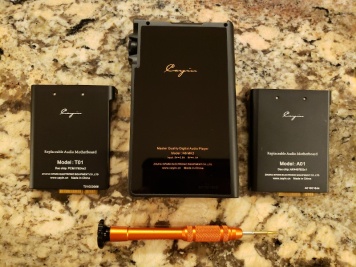




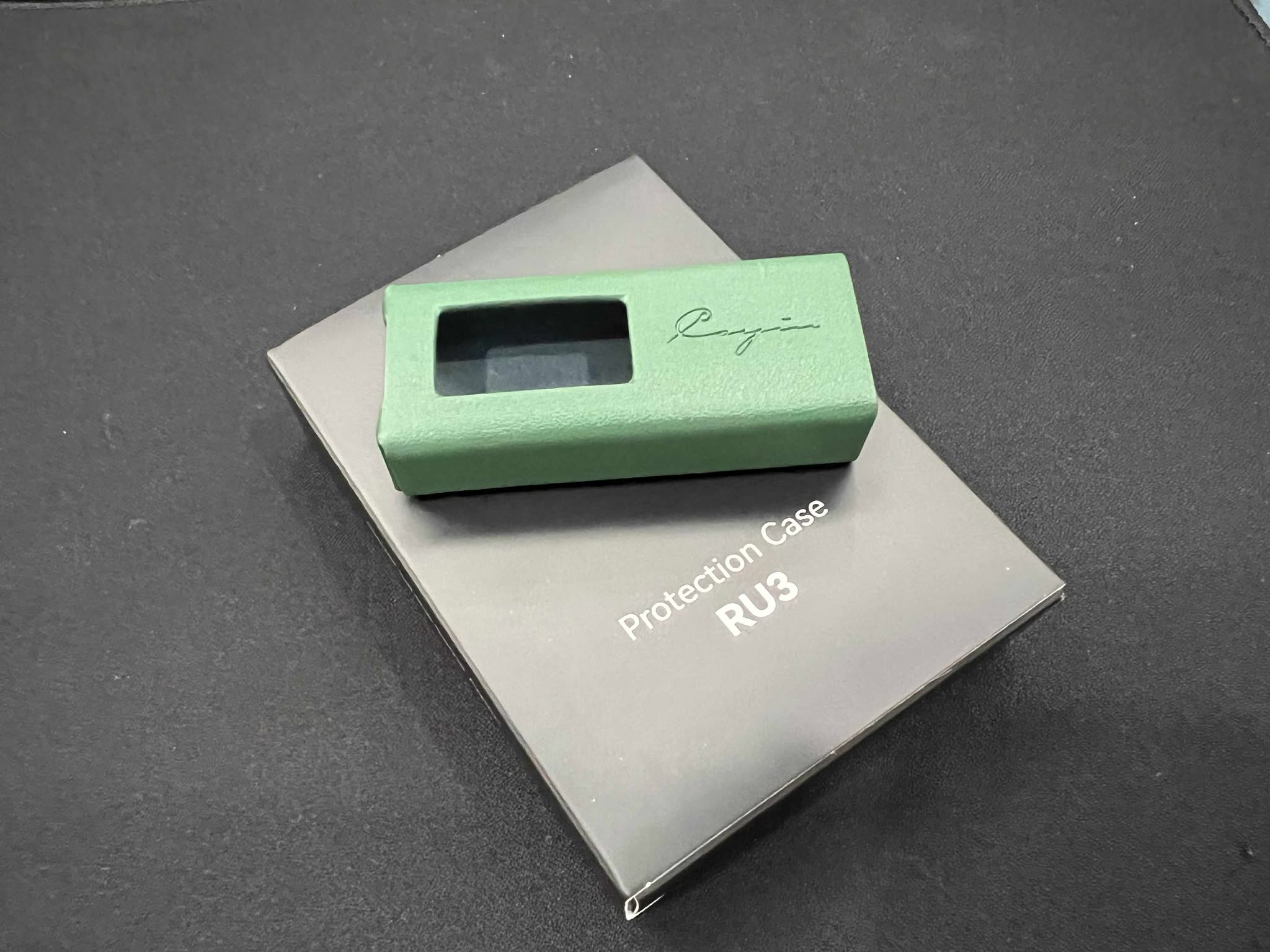

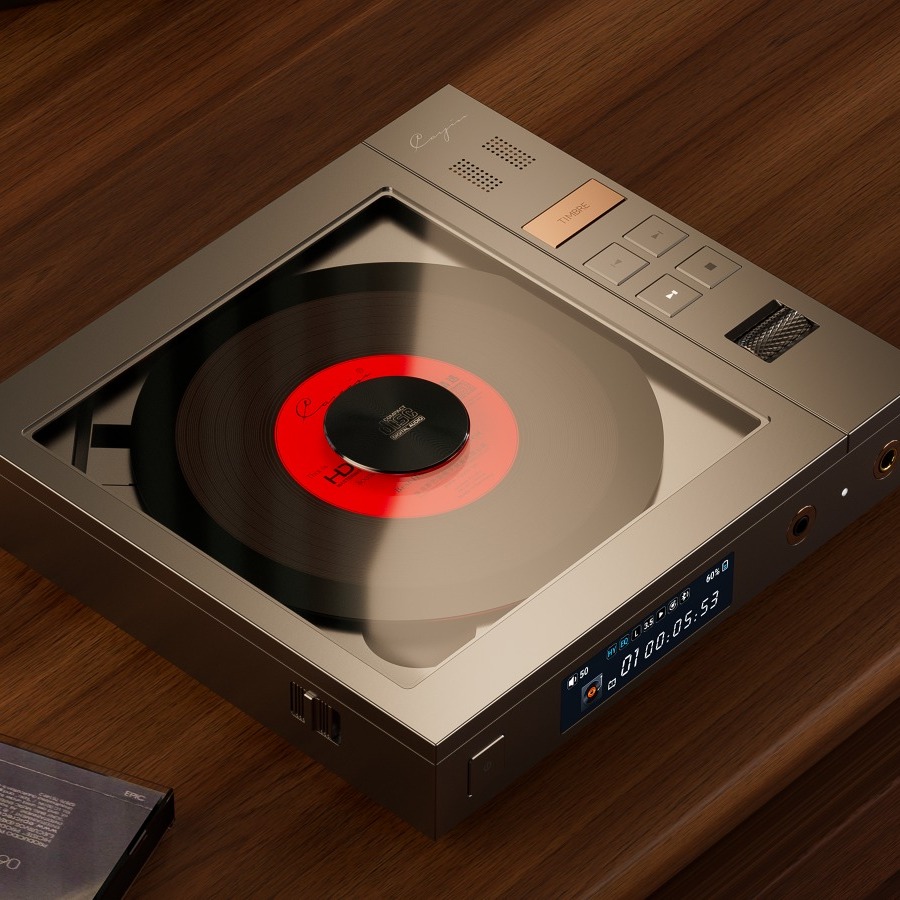
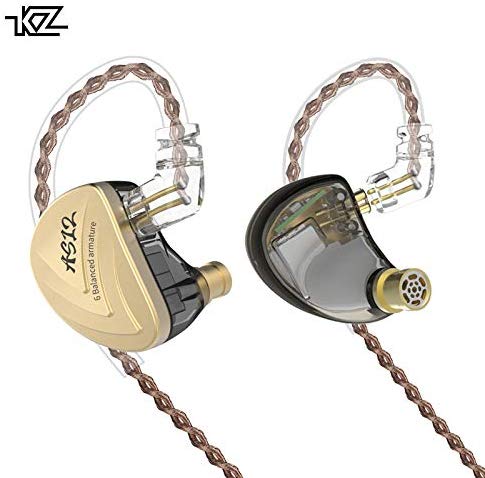


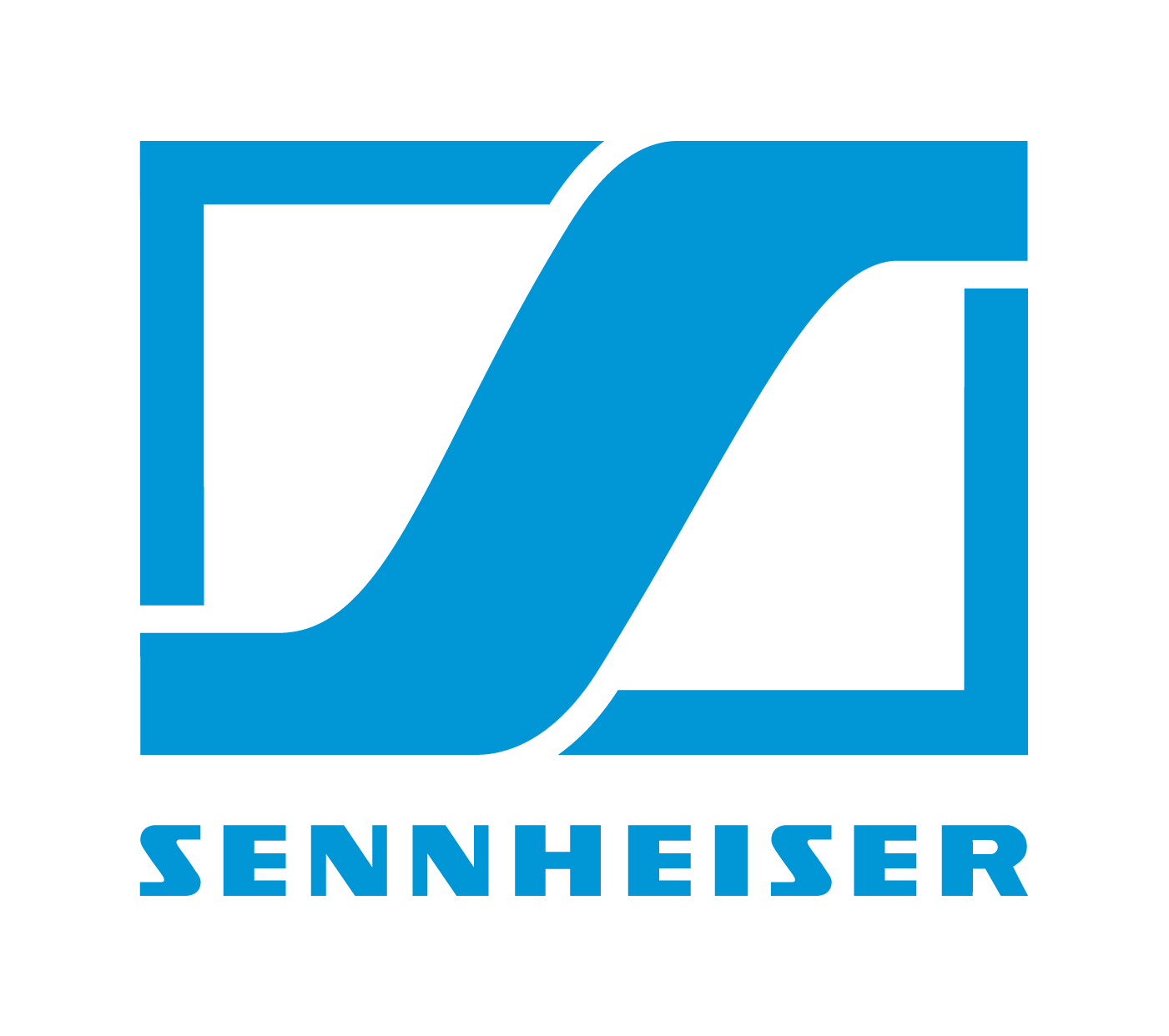

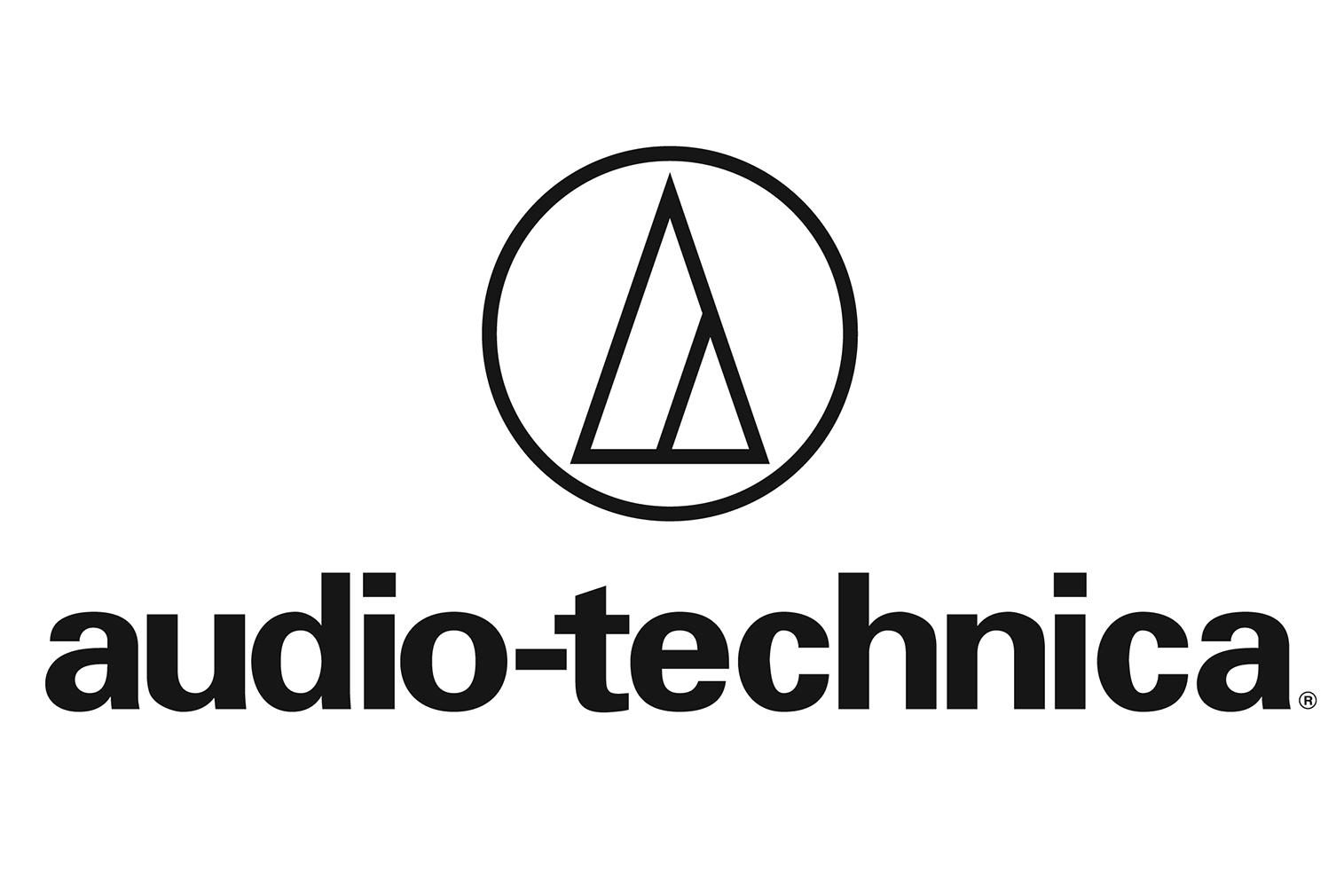





.png)

